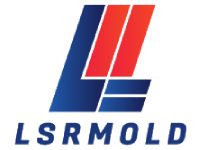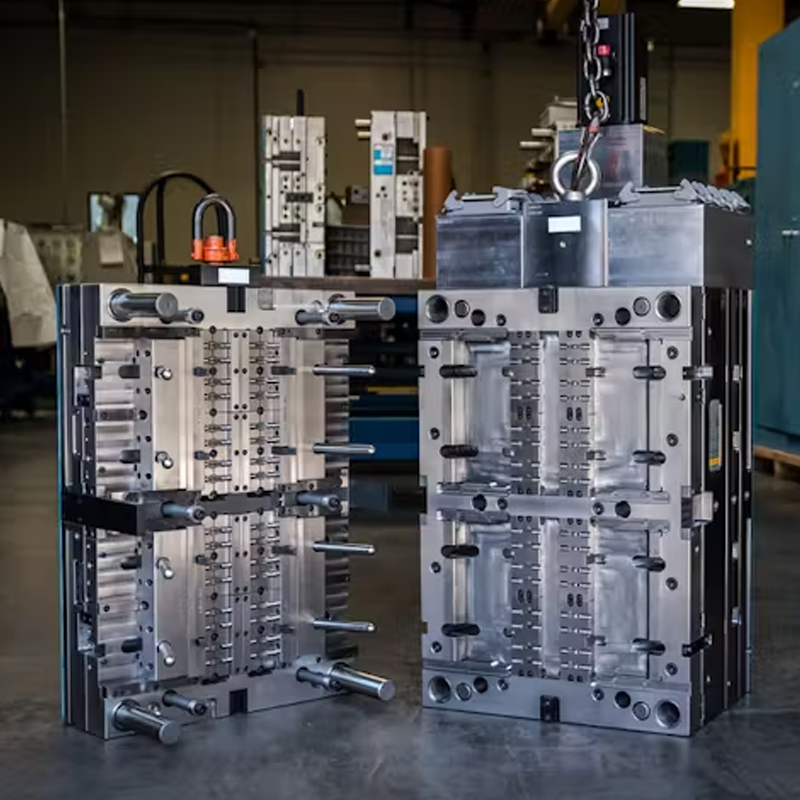Hot runner systems have emerged as a sophisticated advancement over traditional cold runner systems in the injection molding sector. Originating in the mid-20th century, their adoption has steadily increased, with many plastic molding facilities now utilizing hot runner technology in over 50% of their molds, and some exceeding 80%. In this comprehensive post, we will explore the fundamentals of hot runner systems, their operational mechanics, advantages and disadvantages, and applications across various industries.
What is a Hot Runner System?
A hot runner system is a cutting-edge technology used in the injection molding process, designed to optimize both efficiency and product quality. This system maintains a consistent temperature in the runner channels that direct molten plastic to multiple injection points, or gates, within a mold. By keeping the plastic in a liquid state until it reaches the cavities, hot runner systems significantly enhance the molding process.
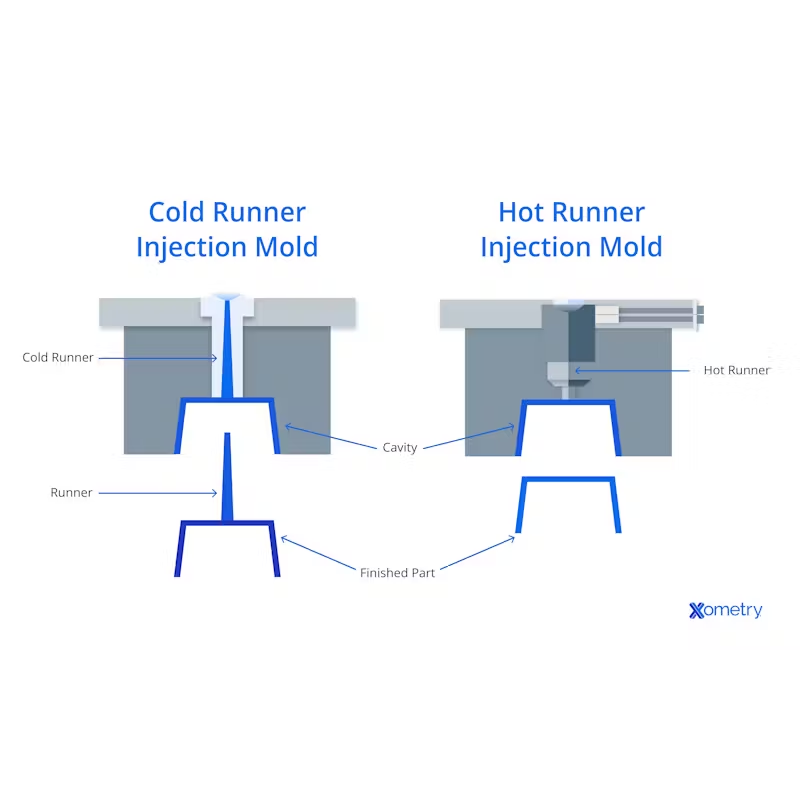
How Does a Hot Runner System Operate?
- Initiation of the Injection Process: The injection mold closes, and the plastic material is injected through the nozzle of the injection molding machine.
- Activation of the Hot Runner System: The molten plastic flows through a heated manifold that distributes the material into individual runners leading to each gate in the mold.
- Temperature Regulation: Equipped with heaters and thermocouples, the hot runner system maintains the necessary temperature in the runners and nozzles, ensuring that the plastic remains molten until it enters the mold cavities.
Advantages of Using Hot Runners in Injection Molding
Hot runner systems play a pivotal role in reducing material waste and improving production efficiency. By maintaining heated runners and eliminating the need for solidified runner removal, these systems provide:
– Increased Efficiency: The elimination of solid runners reduces material waste, lowers cycle times, and cuts operational costs, while also decreasing manual labor.
– Enhanced Product Quality: Precise control over molten plastic flow promotes uniform filling and minimizes defects such as flow lines and sink marks, leading to consistently high-quality components.
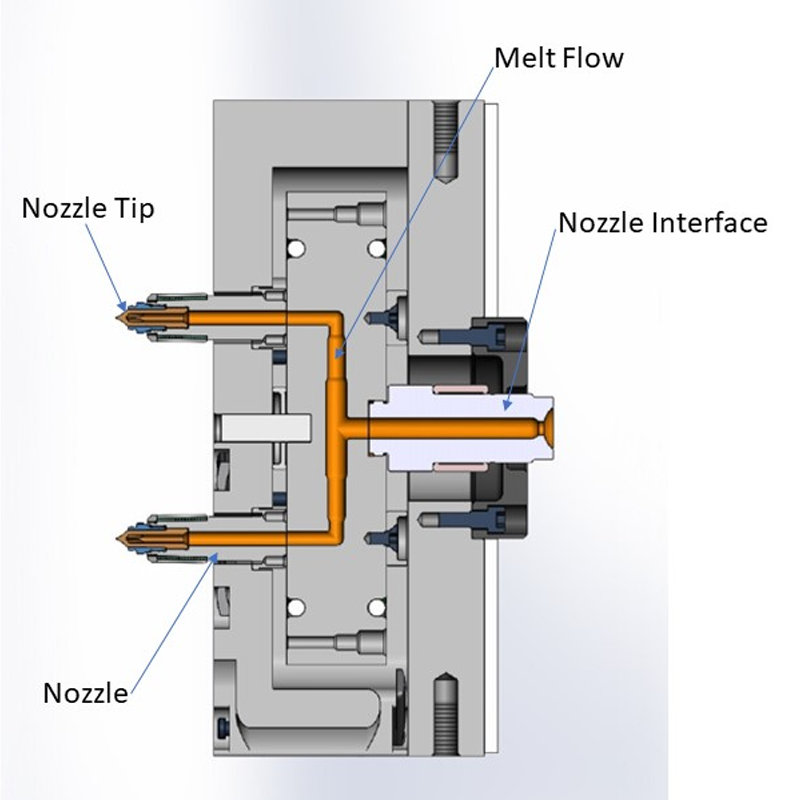
– Expanded Design Options: Hot runner systems enable the use of multiple gates, allowing for intricate designs, including thin walls and various gating configurations, thus accommodating complex geometries.
– Wide Material Compatibility: Capable of processing a diverse range of plastics, including those sensitive to temperature fluctuations, hot runner systems ensure effective temperature management.
– Reduced Cycle Times: By keeping the plastic molten from the nozzle to the mold, these systems facilitate quicker injection and cooling cycles, ultimately enhancing overall manufacturing efficiency.
Disadvantages of Hot Runner Systems
While hot runner systems offer numerous benefits, they also present certain challenges:
– Higher Initial Investment: The upfront costs associated with hot runner systems can be significantly higher than traditional cold runners, potentially deterring smaller operations.
– Complex Design and Maintenance: The intricate design necessitates regular maintenance, which may increase operational complexity and costs.
– Potential for Material Degradation: Prolonged exposure to elevated temperatures can lead to color changes and material degradation, requiring careful material selection and temperature monitoring.
– Increased System Complexity: The inclusion of components such as manifolds and heaters complicates the overall injection molding setup.
– Longer Startup Times: Hot runner systems may require additional time for setup and initial heating, which can impact production schedules.
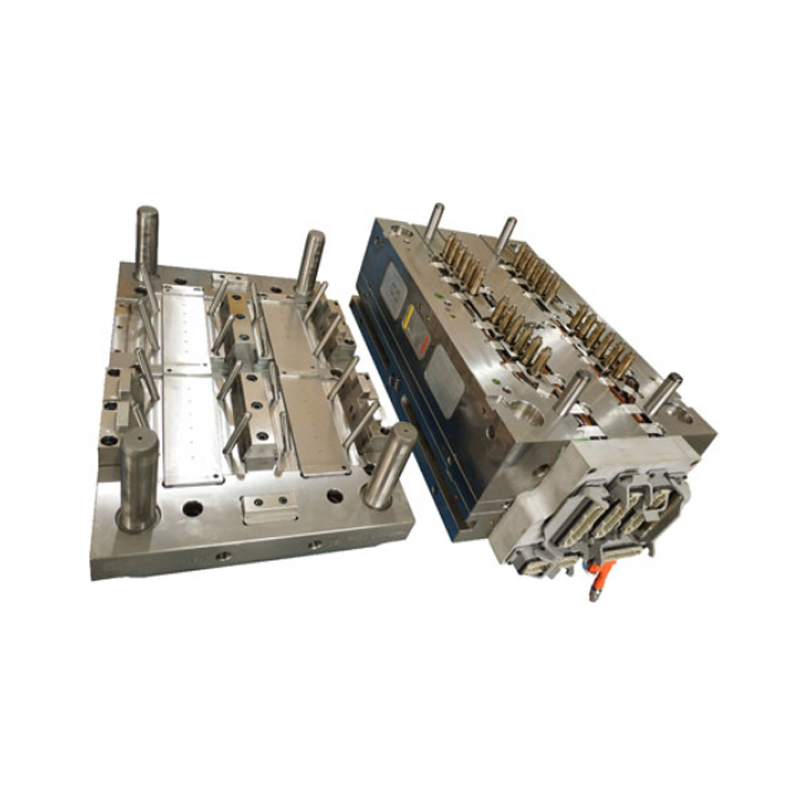
Types of Hot Runner Systems
Several types of hot runner systems are commonly used in injection molding, each offering unique advantages:
– Open Hot Runner System: Features open runners not enclosed within the mold plates, making it suitable for simpler molds.
– Valve Gate Hot Runner System: Employs individual valve gates to manage the flow of molten plastic, enhancing precision and minimizing waste.
– Sequential Valve Gate Hot Runner System: An advanced variant that allows for the sequential filling of multiple gates, accommodating more complex designs.
– Insulated Runner Hot Runner System: Comprises insulated channels that maintain a consistent temperature, improving energy efficiency, particularly for larger molds.
– Hot Sprue Bushing Hot Runner System: Features a heated sprue bushing that connects the machine nozzle directly to the mold cavity, ideal for simple molds with fewer cavities.
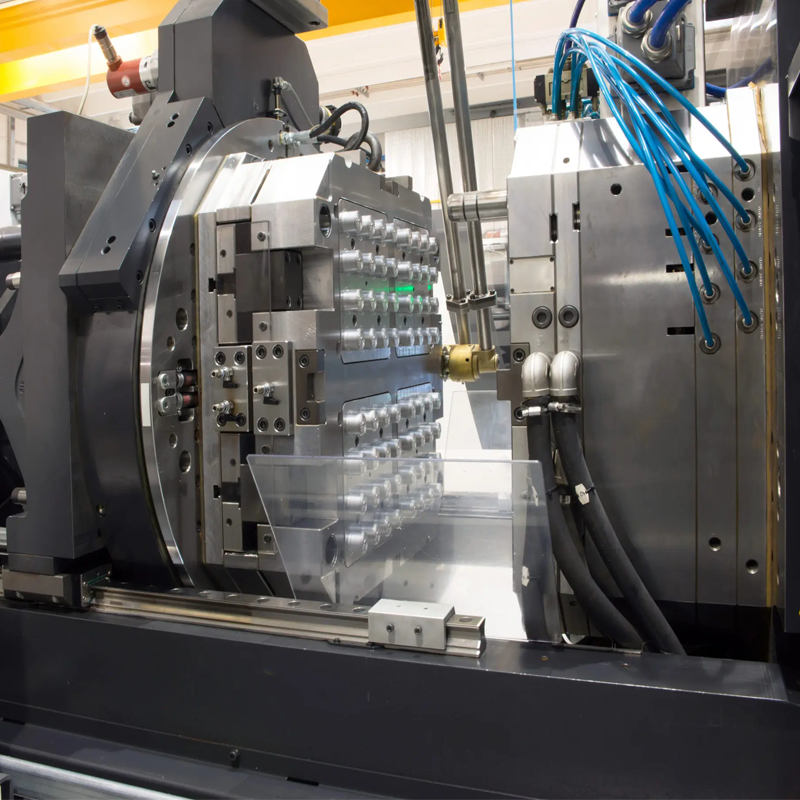
Applications of Hot Runner Systems
Hot runner systems are widely utilized across various industries due to their ability to enhance production efficiency and part quality:
– Automotive Industry: Essential for manufacturing components such as interior parts, exterior parts, and under-the-hood components, where consistent melt delivery is critical.
– Medical and Pharmaceutical: Perfect for producing precise components like syringes and surgical instruments, which require high dimensional accuracy.
– Consumer Products: Commonly used for electronic devices, household appliances, toys, and personal care items, benefiting from reduced waste and improved aesthetics.
– Packaging Industry: Vital for creating bottle caps, thin-walled containers, and packaging trays, offering economic advantages through simultaneous cavity molding.
Hot Runner Design Considerations
When designing a hot runner system, several key factors must be considered:
– Part and Mold Design: Ensure the design aligns with the specifications of the part being produced.
– Material Selection: Choose materials based on their processing requirements, ensuring compatibility with the hot runner system.
– Flow Analysis and Balancing: Conduct a flow analysis to optimize the runner and gate design for consistent filling.
– Temperature Control: Verify that the system can maintain necessary temperature profiles throughout the injection process.
– Thermal Expansion and Cooling: Account for thermal expansion and integrate cooling channels where necessary.
– Maintenance and Serviceability: Design for ease of maintenance to facilitate cleaning and repairs.
– Supplier Collaboration: Work closely with a reliable supplier like LSRmold to achieve optimal design and functionality.
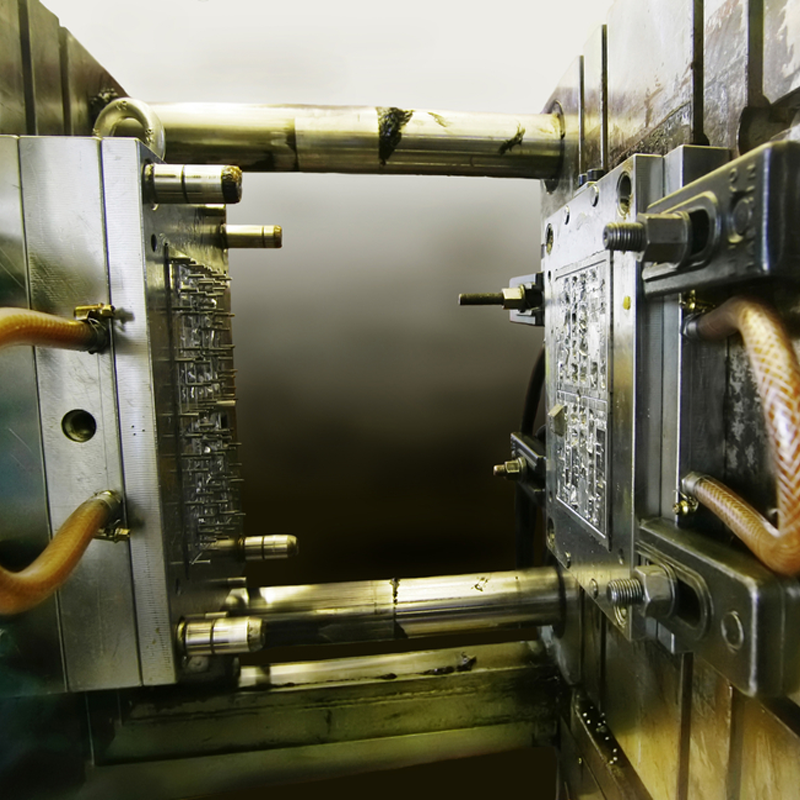
Selecting Your Hot Runner System
When selecting a hot runner system for a specific application, consider the following:
– Evaluate the complexity of the part design.
– Assess the type of plastic material to be used.
– Determine the quality and surface finish requirements.
– Consider expected production volume and cycle time.
– Evaluate maintenance needs and overall system complexity.
– Research the supplier’s reputation and track record.
By carefully considering these elements, you can choose a hot runner system that meets the specific needs of your injection molding project, ensuring optimal performance and cost-effectiveness.
Conclusion
In conclusion, hot runner injection molding systems provide significant benefits in terms of efficiency, product quality, design flexibility, and material compatibility. However, it is crucial to weigh these advantages against initial costs, complexity, and the potential for material degradation. By addressing these factors thoughtfully and collaborating with a trusted partner like LSRmold, you can customize a hot runner system to meet the unique demands of your injection molding project, ensuring both efficiency and high-quality production.

